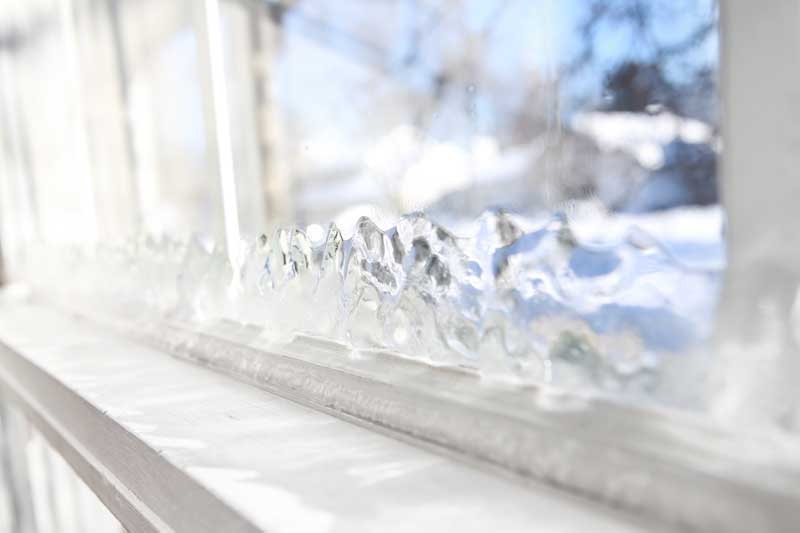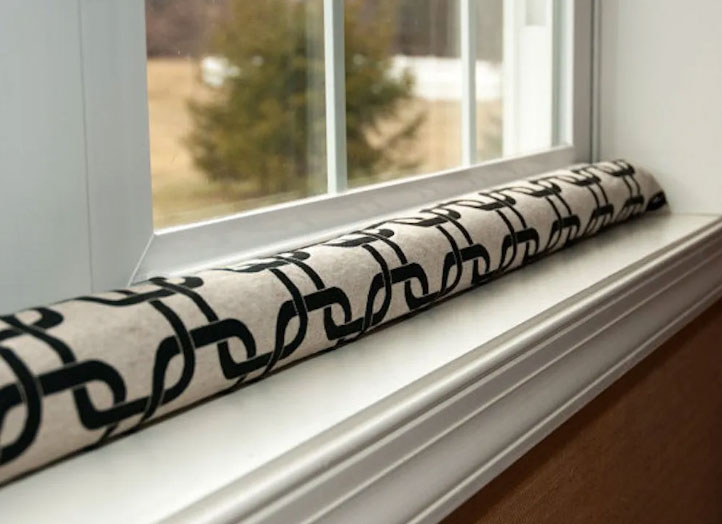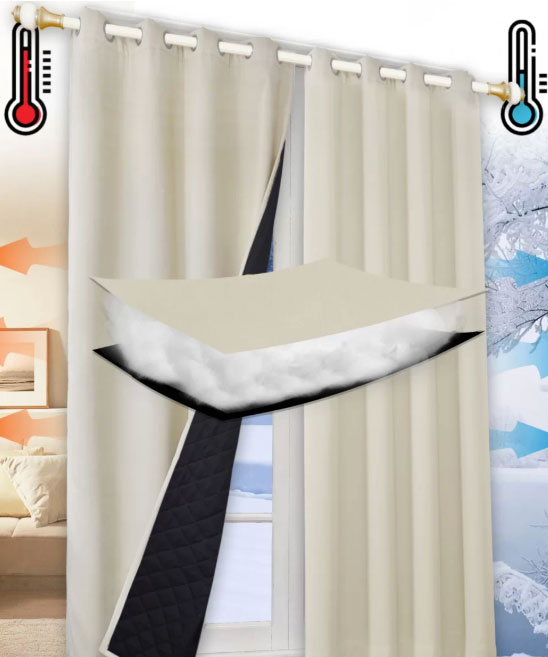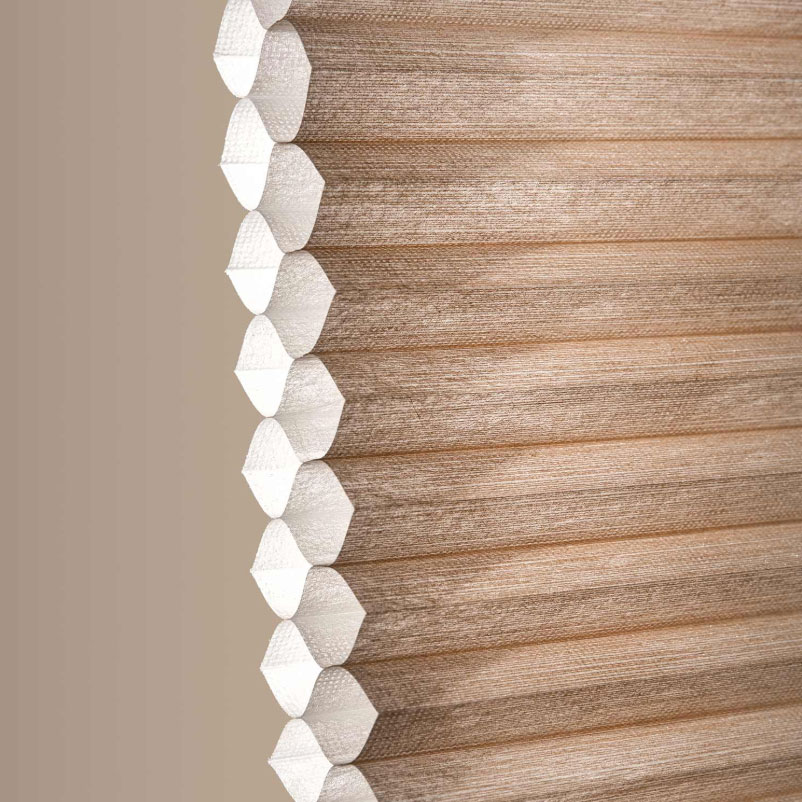
Winter is just around the corner and you will soon feel cold air outside. However, if you don’t want to feel that chill inside, it is time to check your windows and get them ready before winter arrives. This process, known as winterizing windows, will prevent both the frigid drafts from plummeting temperatures and the peaks of rising energy bills.
How to Winterize Windows:
1) Prepare the Window
Before you begin the winterizing process, make sure that your windows are clean. This can be done whenever the weather is temperate enough for the windows to be properly washed. Starting with a clean slate, examine the exterior windows for any gaps, check the caulk seal and note any other repairs that need to be made.

Marvin Windows Tilt-in for Easy Washing
2) Close and Lock Your Windows
Next, be sure to close and lock all your windows. This action sets the window sashes into the correct position in the window frame, sealing gaps, and eliminating any unnecessary openings. Even if you have energy efficient windows, the window locks need to be engaged. This is something you should do year-round, it maximizes the windows energy efficiency and ensures optimal performance.
3) Caulk
Re-caulking windows is one of the most cost-effective ways of eliminating any air leaks and drafts. First, check the exterior part of the window and then move on to the interior window, checking for any gaps and caulk that is old or missing. Be sure to remove the old caulk before you add the new caulk — it is easily removed with a putty knife or other tool.

Caulking Around a Window
4) Weatherstripping
After checking the caulk seal, check the weatherstripping around the windows. According to Craig Rowe at The Door Store and Windows, who has 25 years of experience in the window and door installation and service business, “The most important thing to address on any window is the weatherstripping. Making sure the contacts are clean, so they seal well is top priority.” Weatherstripping is usually located on the sashes, which are the parts of your window that move. Look for any tears, disintegration or missing pieces of weatherstripping that need to be replaced. Weatherstripping can be foam, hard inserts or rubber tubing, all effective materials to create an airtight seal and insulate windows.
5) Reglazing
The need for reglazing exists primarily in older homes with single pane window glass and wooden window frames. Windowpanes often need to be reglazed as they age. During your initial prep of your windows, check that the panes are intact, not loose and that your glaze covers the perimeter of the pane.
Replace the old, cracked putty around the single panes of glass, repairing any damage to the wood frame and replacing the glazing compound and weather tight sealant around the windowpanes. Reglazing will give each pane a tighter seal and make a big difference in cold weather.

This Window Needs Reglazing
6) Draft Stoppers or Draft Snakes
Draft stoppers are fabric tubes with dense filling such as rice, beans, sand, or batting that are placed along the bottom of a window to block gaps. Draft snakes are a common method of insulation and have been around for years because they are inexpensive and they work.
Bob Villa has an entire post dedicated to different DIY draft stopper projects from very simple to more elaborate. Find them here.

etsy.com via GreenDecor
7) Install Thermal Drapes
Thermal curtains are another inexpensive way to add insulation. They are made with multiple layers of material and sometimes include batting or insulating material. They block drafts and prevent cold air from entering the room and reduce noise. Unfortunately, for thermal curtains to work they need to be fitted properly, close to the wall, and need to remain closed. For people who want natural light in their house this might not be the best option.

Thermal Drapes Can Help Keep Cold Air Outside
8) Add Cellular Blinds
Cellular window blinds are made of pleated fabric and have a thin air pocket due to their pleated, honeycomb construction. These blinds resemble roman shades and open and close similarly. They are most useful for older windows that are single-paned. The tighter the fit, the better the result, so you will need to order blinds that fit your space exactly. Also, moisture can build up behind them so they are not recommended for humid areas like bathrooms or kitchens.

Cellular Blinds are Versatile and Energy Efficient But Delicate and Expensive
9) Determine need for new windows
Sometimes the weatherstripping and caulking are not enough, and it’s time for new windows. According to the experts at Marvin windows, “Old or inefficient windows could significantly increase your energy use and have the same effect on your heating bill as leaving a window open all winter long.” If this is the case, we are happy to come out and consult with you about your options.
Winterizing your windows is one of the biggest returns on investment you can make for your home maximizing interior warmth and minimizing high utility bills. It is a worthwhile investment of your time and money that will ensure you maintain a consistent indoor temperature, minimize heat loss, and stay warm all winter long.
But if winterizing isn’t enough and you think it’s time for replacement windows, we are here to help. At Door Store and Windows, our goal is to provide peace of mind and customer satisfaction throughout the entire replacement process. Click here to learn more about our replacement process from consultation to install. If you still have any questions, feel free to give us a call at (502) 503-4718.

 Kentuckiana is our community! We’re locally-owned and operated, not a franchise, so you get attentive, local service.
Kentuckiana is our community! We’re locally-owned and operated, not a franchise, so you get attentive, local service.

